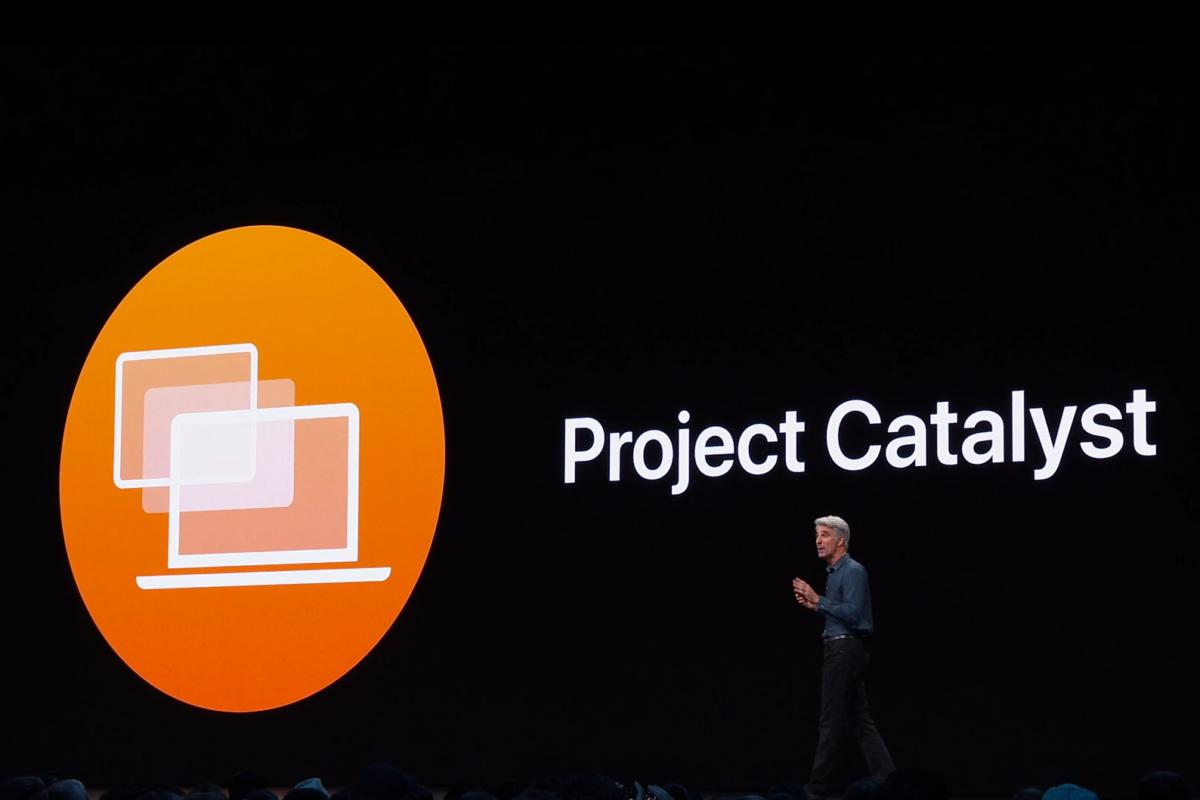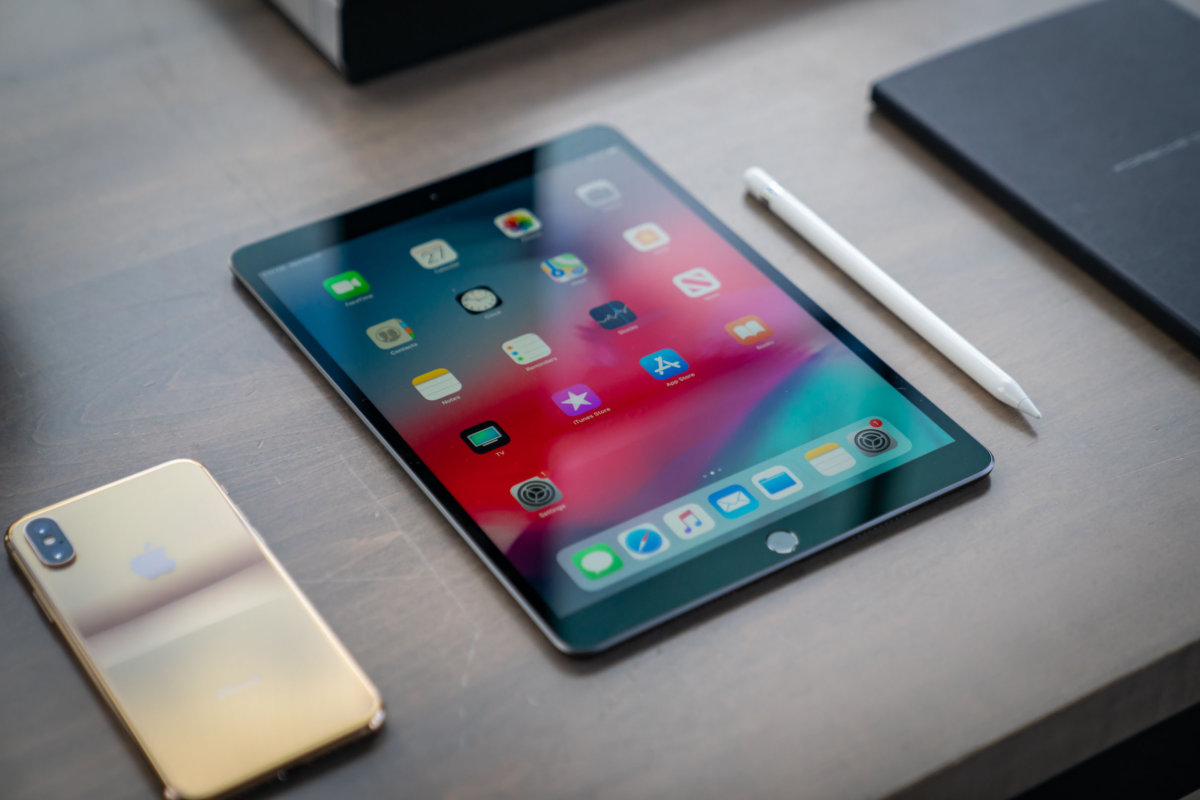In 2018, Apple seemed to primarily address long-held grievances of its fans. Long-overlooked products were finally updated, a smart speaker (suspicious by its absence from Apple’s portfolio) was launched, and iOS 12 put a big emphasis on performance and reliability.
This year took Apple in an expected but still exciting new direction. Product updates were welcome but not surprising, and the company didn’t enter a new product category. Instead, the company’s big push into services defined the year. That, and a rough set of software launches.
Here are the hits, misses, and major releases from Apple in 2019.
Operating System snags
While there’s a lot to like about iOS 13 and iPadOS 13, it’s hard to see them as revolutionary. Features like Dark Mode, better Siri voice, a swiping keyboard, and a new CarPlay interface are less about innovation and more about finally addressing grips that customers have had for years.
The same goes for the company’s smaller operating systems, like tvOS. You can finally log in to different user accounts…why is this an exciting new feature in 2019?
Similarly, macOS Catalina is chock full of minor features and redesigned apps that feel like they should have been there all along. The break-up of iTunes into Music, Podcasts, and TV has been a long time coming.
Despite the “they should have done this ages ago” nature of Apple’s operating systems this year, the launch was pretty rough. The release of iOS 13 and iPadOS 13 (now broken into separate but related releases) was staggered, and followed by an unusually long list of point-releases to fix a litany of bugs and give us several features that didn’t make the release date.
 Apple
AppleProject Catalyst should have caused a surge in great Mac apps, but developers are frustrated with it.
One highlight of Apple’s 2019 OS releases should have been Catalyst, a technology to allow developers to make Mac apps using the same UIKit framework they use to make iOS apps. Port your iPad app in one day!
But the Catalyst release has been messy. Developers have complained about the difficulty of making Catalyst apps look and behave as Mac apps are expected to, and the inability to charge users once for both the iPad and Mac version of the app. Documentation and sample code is, at best, thin.
What had the potential to usher in thousands of incredible new Mac apps from the enormous iOS developer community has had very little impact at all. It feels rushed out the door, but will probably improve a lot over the next couple years.
Lackluster iPad updates
While iPadOS 13 went a long way toward making the iPad into the productivity tool it is destined to become, the iPad hardware releases in 2019 have been relatively tame.
Early in the year we got a new iPad Air and iPad mini, both of which were fine spec bumps but did little to change the iPad line. Same with the new 10.2-inch iPad launched at the end of September.
 Dan Masaoka/IDG
Dan Masaoka/IDGThe iPad line is bigger…
https://www.macworld.com/article/3489506/apple-2019-year-in-review.html#tk.rss_all

















